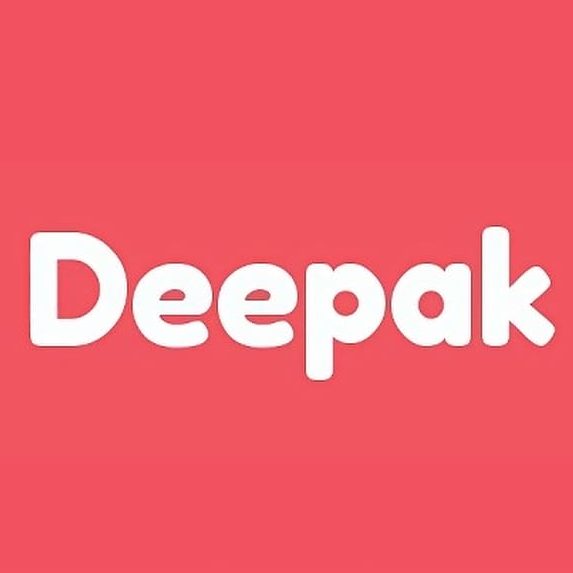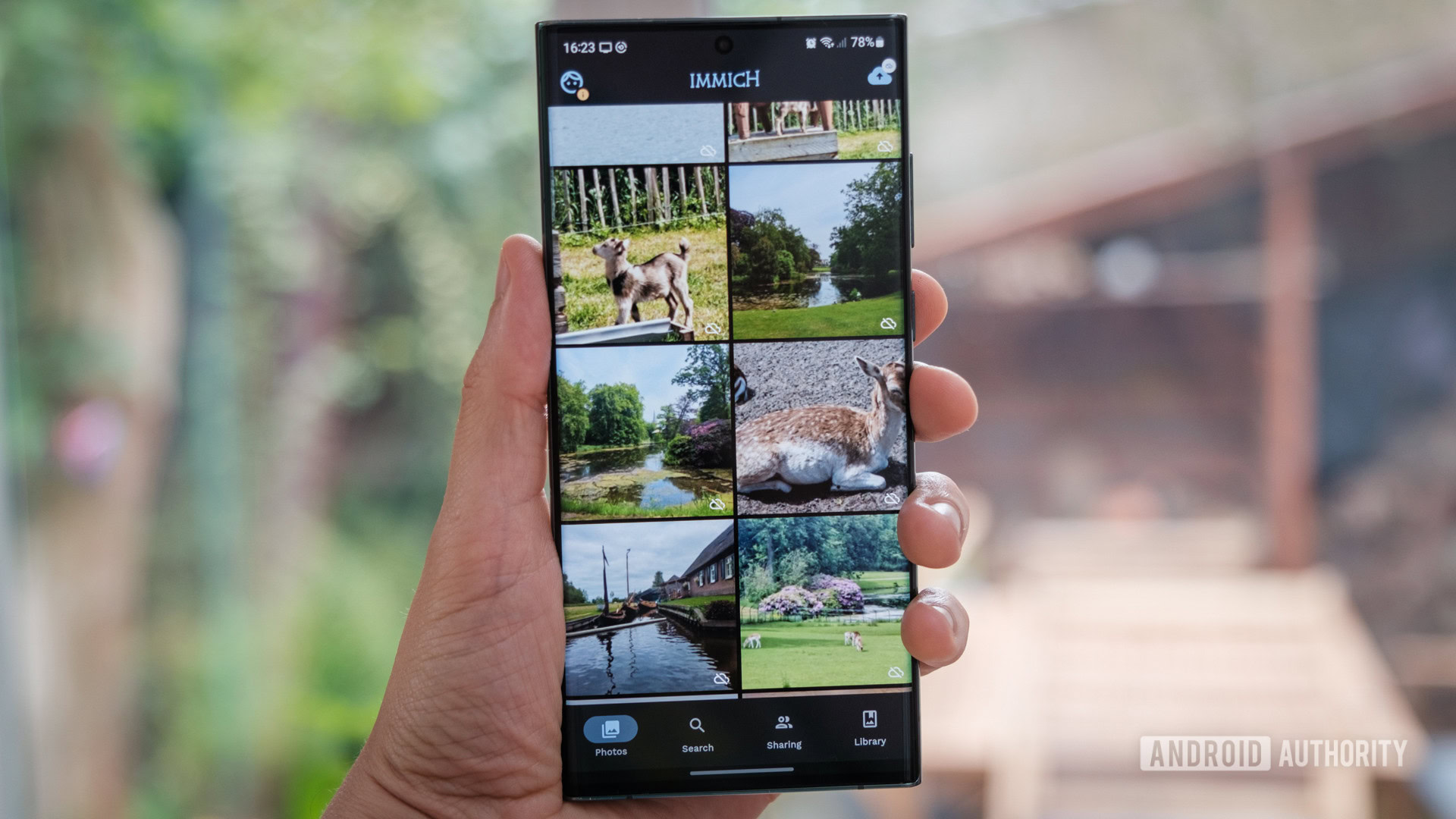Cutting the cord to cloud storage has become increasingly simple, thanks to the availability of excellent self-hosted options for managing documents and media libraries on NAS drives. However, there is one service that remains difficult to replace: Google Photos. Among all of Google’s apps and services, Photos is the one that I rely on the most. It not only automatically backs up my phone’s photos, but also organizes them neatly into albums, allows for easy sharing with family and friends, and even provides quick editing options when I’m away from my computer. Put simply, Google Photos is a comprehensive solution for all things mobile photography-related.
That being said, I’ve reached the point where I’ve exceeded Google Photos’ free 15GB limit. I’m hesitant to pay a monthly fee for Google One storage when I have terabytes of unused disk space on my home server. However, finding an alternative to this particular Google service has proven to be more difficult than anticipated.
There are numerous self-hosted photo gallery applications available, many of which offer impressive features, especially considering they are free. One popular choice is Photoprism, which utilizes machine learning capabilities to automatically tag and organize photos. However, it currently lacks the multi-user functionality necessary for a family setting and does not have a dedicated app for backups. LibrePhotos is another powerful option, but I found the Android apps to be buggy and had trouble integrating it with my existing organizational structure.
There are several other options available, such as Lychee, PiGallery, and Piwigo, each with its own pros and cons. However, none of them offer the seamless mobile backup and organizational experience that Google Photos provides. Fortunately, there is one option that comes close: Immich. Designed as a direct competitor to Google Photos, Immich offers a similar interface style, multi-user support, album sharing, and other features. Although it is still in active development and not yet recommended as the sole solution for photo backups, Immich is a promising alternative that works well for self-hosting. Installation is straightforward for those familiar with docker containers on their NAS, and there is even an Android app available for backups and gallery viewing. It also includes basic machine learning capabilities for face recognition, although it is not as advanced as Google Photos in this regard. All in all, Immich closely resembles Google Photos and can be hosted on a personal PC.
While waiting for Immich’s development to progress further, I have resorted to using a separate backup app to sync my photos into organized folders, which I can then view using Photoprism at home. However, when I’m on the go, I still find it difficult to match the ease of use and features offered by Google Photos. Hopefully, with ongoing development, Immich will continue to improve and become a viable alternative to Google Photos.
In conclusion, for those looking to break away from Google Photos or simply wanting a physical backup of their cloud photos, it is recommended to use Google Takeout to obtain the entire photo library. While there are various scripts available for downloading photos from Google Photos, using Takeout ensures that you receive the highest-quality files and complete metadata. Takeout allows you to select the desired size of the download zip files, and once you receive the email with the download links, you can proceed to download and unzip all your photos. However, there are a few drawbacks to Takeout’s photo organization, such as the need to combine separate metadata files back into the images. Thankfully, there are tools available to assist with this process. Additionally, Takeout often includes duplicate photos organized by album and date, making it challenging to identify the best duplicates to keep. Specialized software like Digikam can help in tracking down and removing these duplicates, but some album reorganization may be required afterward.
Managing automatic mobile photo backups with Immich is the most familiar way to back up smartphone photos to a home server. However, there are other options available as well. Scheduled backups to a shared SMB or WebDAV folder over a home Wi-Fi network is one option, with apps like PhotoSync offering a gallery UI to track backed-up photos. For those who prefer background syncing, apps like Autosync or ZPush can handle backing up the camera folder, albeit without a fancy UI. Additionally, Resilio Sync or Syncthing offer robust file-syncing capabilities and can be used for photo backups, although they are not dedicated photo backup software and do not provide the same experience as Google Photos.
In summary, while finding a suitable alternative to Google Photos for self-hosting can be challenging, options like Immich and other backup apps provide viable alternatives for managing and backing up photos. By utilizing Google Takeout, users can obtain their entire photo library for physical backup and organization. With ongoing development and improvements in self-hosted photo gallery applications, it is becoming easier to break free from Google Photos while retaining control over personal data.
Denial of responsibility! SamacharCentrl is an automatic aggregator of Global media. In each content, the hyperlink to the primary source is specified. All trademarks belong to their rightful owners, and all materials to their authors. For any complaint, please reach us at – [email protected]. We will take necessary action within 24 hours.

Deepak Sen is a tech enthusiast who covers the latest technological innovations, from AI to consumer gadgets. His articles provide readers with a glimpse into the ever-evolving world of technology.


